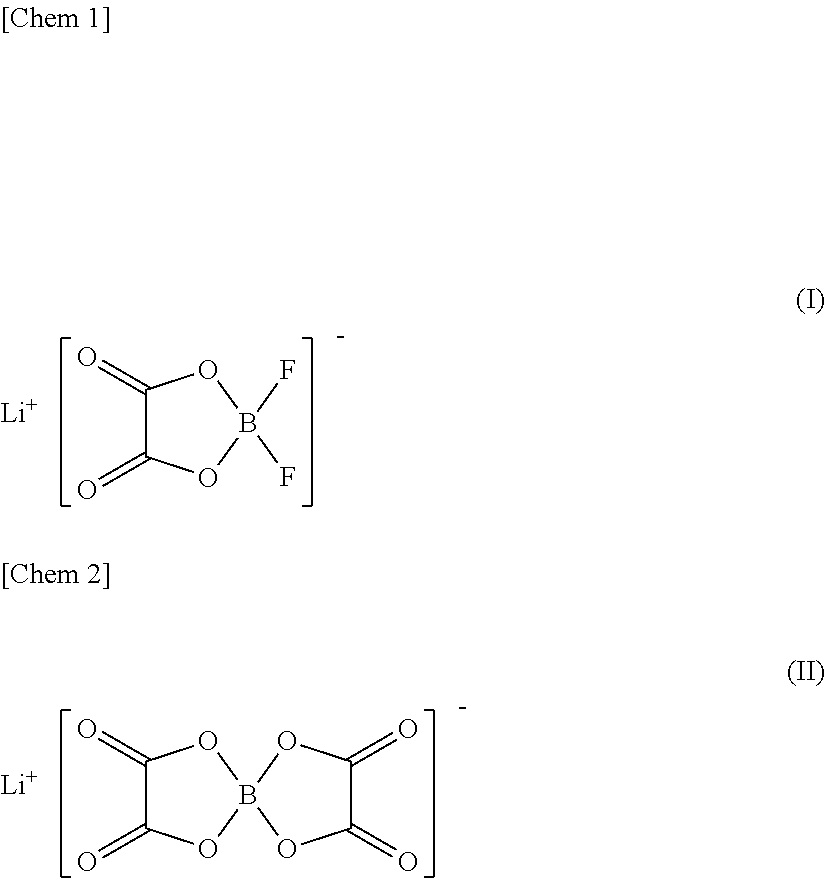Non-aqueous electrolyte secondary battery and assembly thereof
a secondary battery and non-aqueous electrolyte technology, applied in the direction of non-aqueous electrolyte cells, cell components, electrochemical generators, etc., can solve the problems of rapid decrease of capacity retention rate after 100 cycles, and high resistance of positive electrodes, etc., to achieve excellent high-rate characteristics, great battery performance, and high energy density
- Summary
- Abstract
- Description
- Claims
- Application Information
AI Technical Summary
Benefits of technology
Problems solved by technology
Method used
Image
Examples
Embodiment Construction
[0025]Preferred embodiments of the present invention are described below. Technical matters other than the matters particularly mentioned in the present description which are required for carrying out the present invention (e.g. battery components (e.g. negative electrode) not characteristic of the present invention and general production processes) are perceived as matters of design variation to a person skilled in the art based on conventional art in the pertaining field. The present invention can be implemented based on the contents disclosed in this description and common technical knowledge in the subject field.
>
[0026]The non-aqueous electrolyte secondary battery assembly disclosed herein comprises a positive electrode, a negative electrode, and a non-aqueous electrolyte solution. The positive electrode in such an assembly comprises a positive electrode active material and an ion-conductive inorganic phosphate compound, and has a maximum operating voltage of 4.3 V or higher rel...
PUM
 Login to View More
Login to View More Abstract
Description
Claims
Application Information
 Login to View More
Login to View More - R&D
- Intellectual Property
- Life Sciences
- Materials
- Tech Scout
- Unparalleled Data Quality
- Higher Quality Content
- 60% Fewer Hallucinations
Browse by: Latest US Patents, China's latest patents, Technical Efficacy Thesaurus, Application Domain, Technology Topic, Popular Technical Reports.
© 2025 PatSnap. All rights reserved.Legal|Privacy policy|Modern Slavery Act Transparency Statement|Sitemap|About US| Contact US: help@patsnap.com



